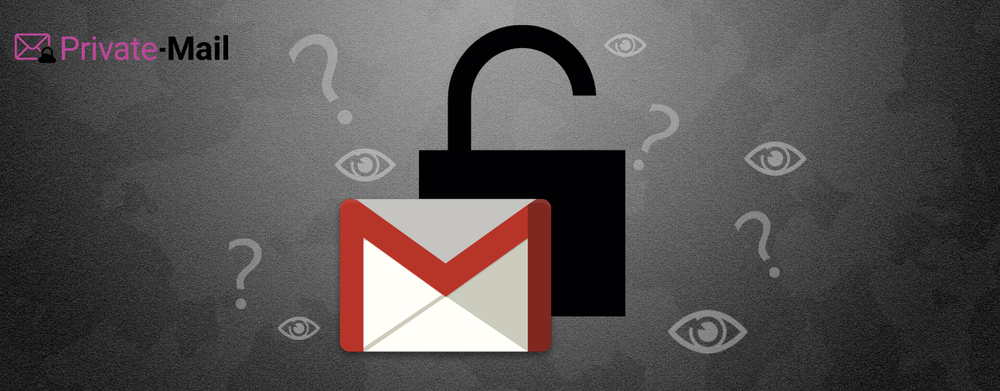
Gmail’s Confidential Mode is Not Private
People want their privacy online. Companies hear the message loudly and clearly. Some of them have gone the extra mile to protect their users. Others have slapped misleading labels on things and hoped the casual internet user wouldn’t really check. It’s deceptive at best and malicious at worst. If you’ve been relying on confidential mode, you’re in for a rude awakening.
How Confidential Mode Works
Confidential mode is an optional feature in Gmail that allows users to put a password on an email or employ a self destruct mode that claims to eradicate the email after a certain amount of time. Confidential mode knocks out some of the features present in a traditional email. It takes away the ease of copying, forwarding, downloading or printing messages and their attachments.
Users will also be able to require SMS code verification to access confidential mode emails and be given the ability to revoke access to those emails.
If you’ve ever used something like the Wickr app for private messaging, it sounds like Google took a page from their book. It’s easy to talk about how great all of these features sound in theory. In reality, they do absolutely nothing thanks to Google’s somewhat terrifying privacy policies.
Why Confidential Mode Isn’t Private
Despite all of these futuristic sounding features, confidential mode doesn’t actually do much. All of these fancy new buttons and options might serve wonderfully as an added bonus to end-to-end encryption, but confidential mode provides no such thing. Without encryption, how can anyone ascertain that something is truly private?
Combine the lack of encryption with the fact that Google can still read and record absolutely everything you send anyway, and confidential mode is a disaster. Confidential mode doesn’t even constitute a person’s reasonable expectation of confidentiality, let alone privacy. When broken down, confidential mode’s features aren’t much different from the features utilized by apps like Snap Chat.
Google has a long and complicated history of being intrusive, collecting data, and profiling their users. They save everything about you – including your confidential mode emails. This should be alarming to anyone who values their privacy online. Google is doing more than just misleading users – it’s outright lying to users who aren’t tech savvy or familiar with privacy trends.
Encryption is Necessary for True Confidentiality
Simply put, the only way to keep things out of the hands of people who have no right to see them is by encryption. Encryption is like a digital lock and key. End-to-end encryption guarantees that no third party, even the service provider through which the information is exchanged, will have access to the contents of the email. Google’s unwillingness to offer encryption, but instead make a spectacle of the charade of encryption, should be off-putting to anyone who expects privacy online.
Sending Private Emails
PrivateMail utilizes features like OpenPGP encryption, making it easy to encrypt any and all messages that enter your inbox or exit your outbox. OpenPGP utilizes private and public encryption keys that are easy to generate and easy to share. PrivateMail never stores or even receives these private encryption keys – they’re yours and yours alone. All you need to do is exchange public keys with the intended recipient, add them to your keyring, and you’re ready to exchange encrypted email. It doesn’t take more than a minute or two, and you don’t need to be a tech genius to get started.
PrivateMail and its OpenPGP compatibility keep you safe. It’s equipped with security features that protect against Man in the Middle Attacks and other exploits typically attempted via email. Even the cloud storage utilizes AES-256 browser based encryption. We never see uploaded files, and neither does anyone but you and the recipient.
Don’t settle for the illusion of privacy with Gmail. Keep yourself safe with real encryption.







